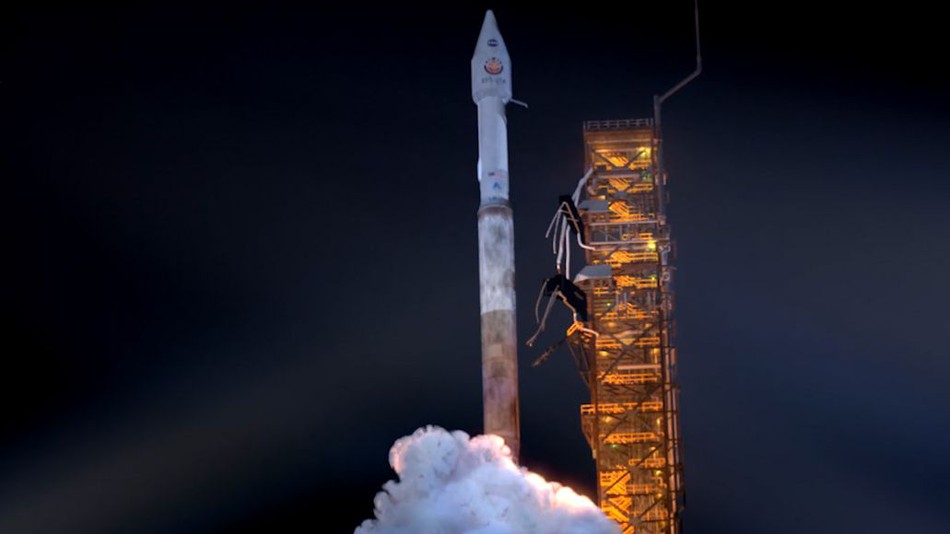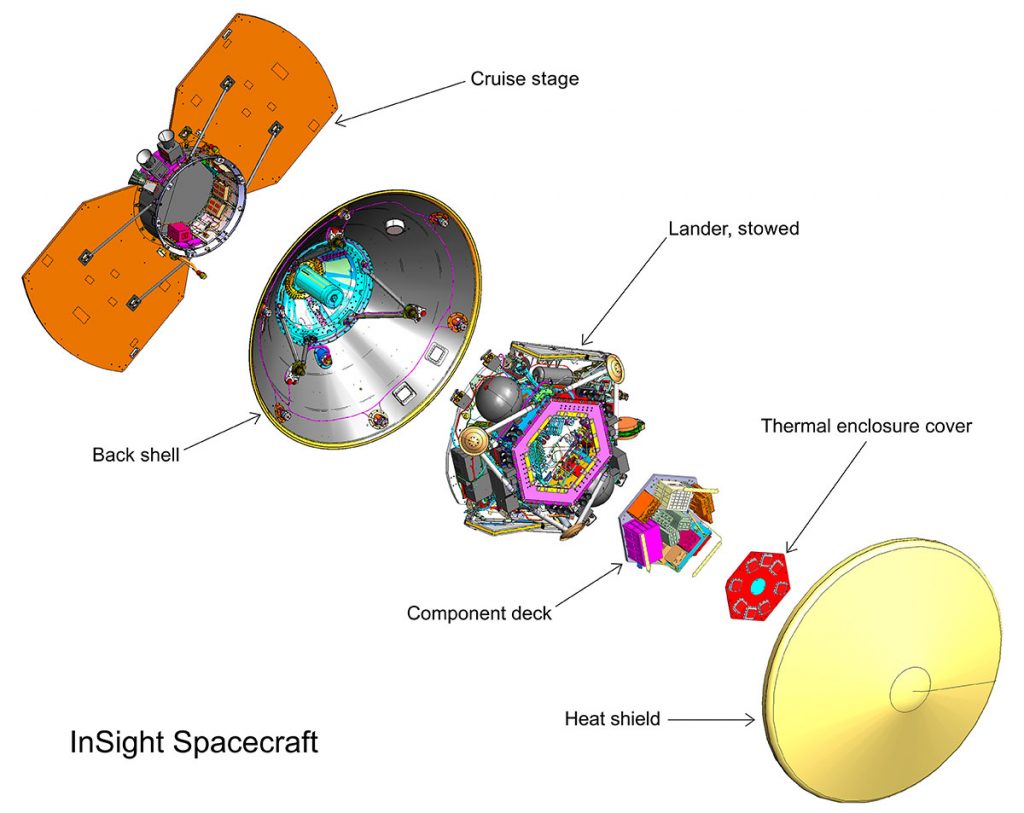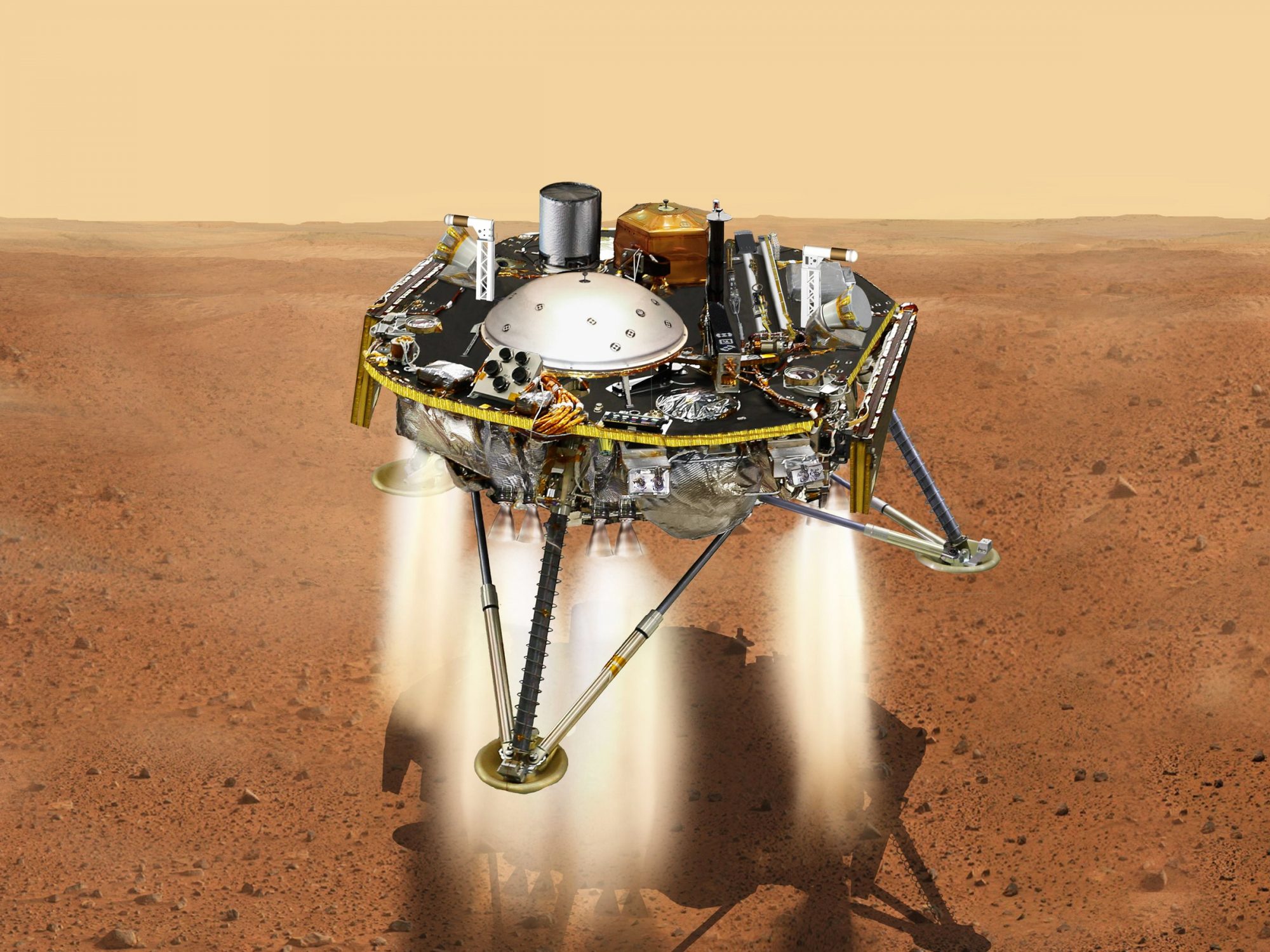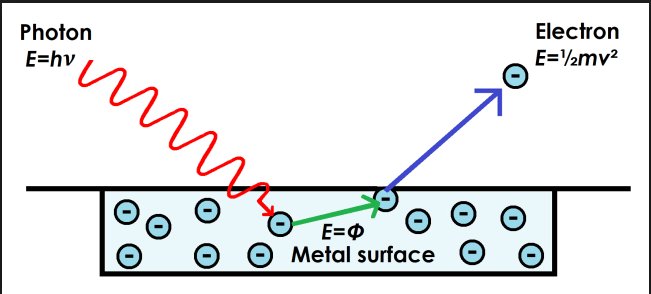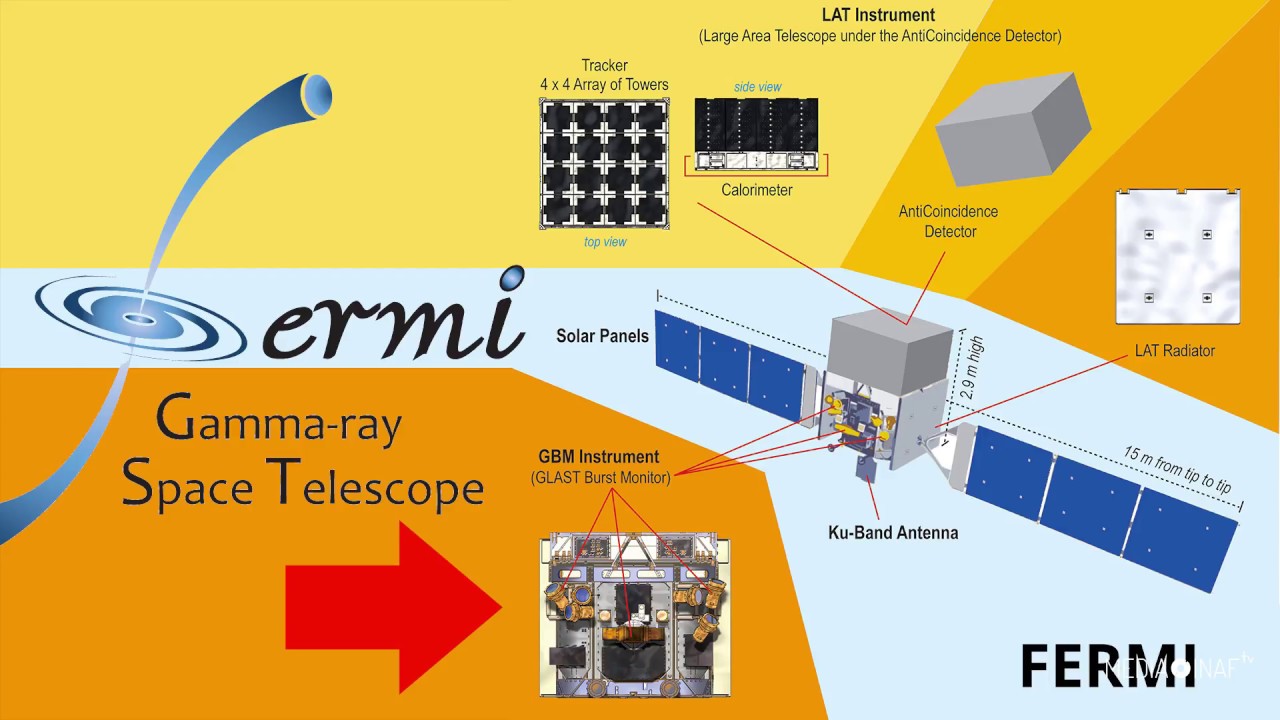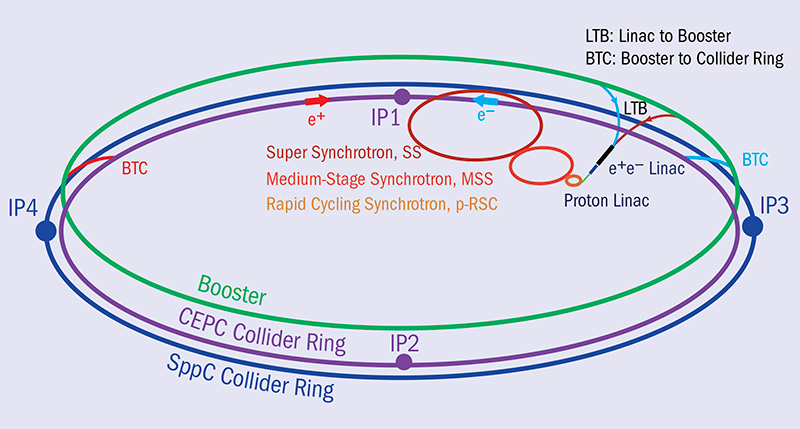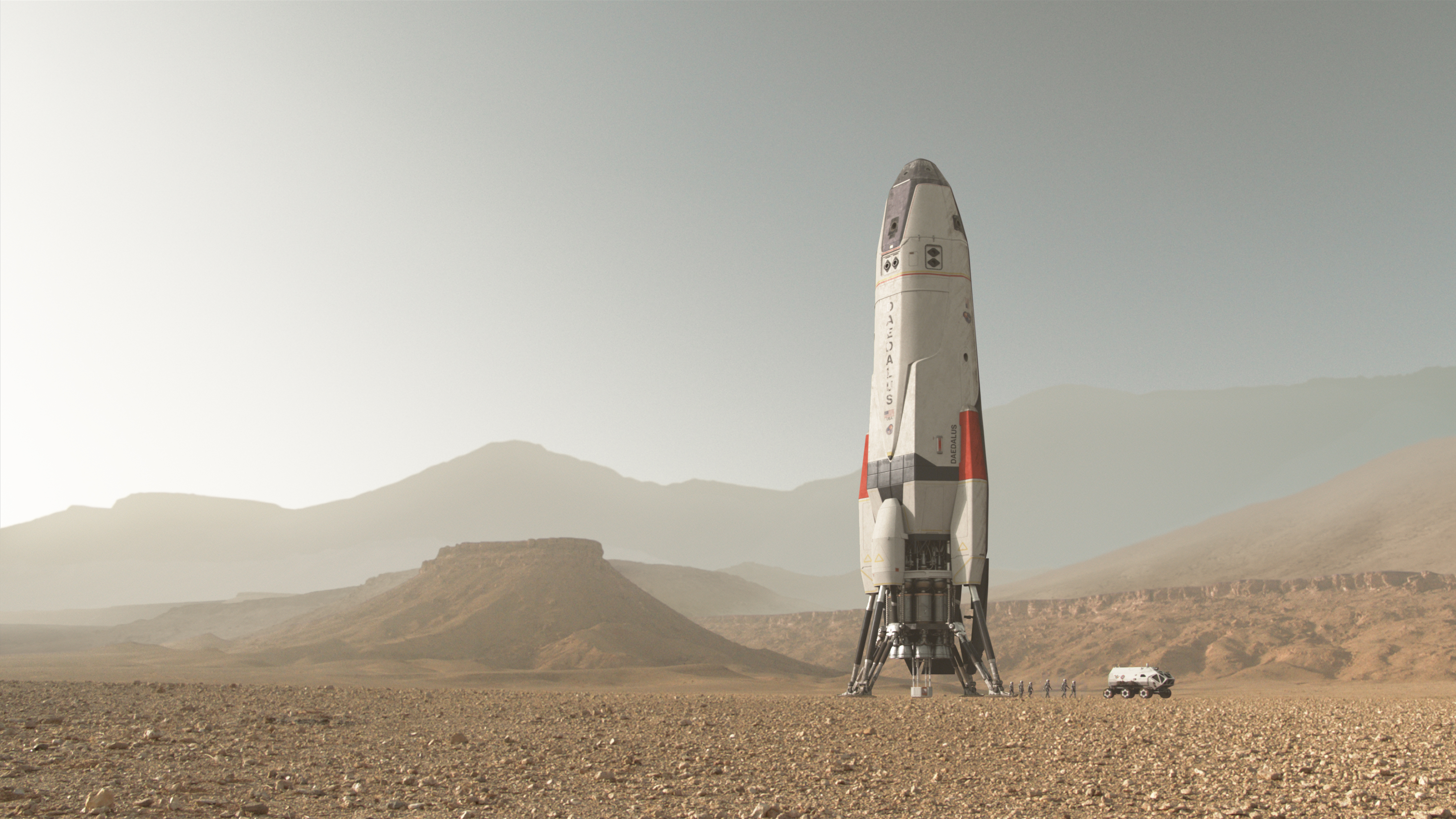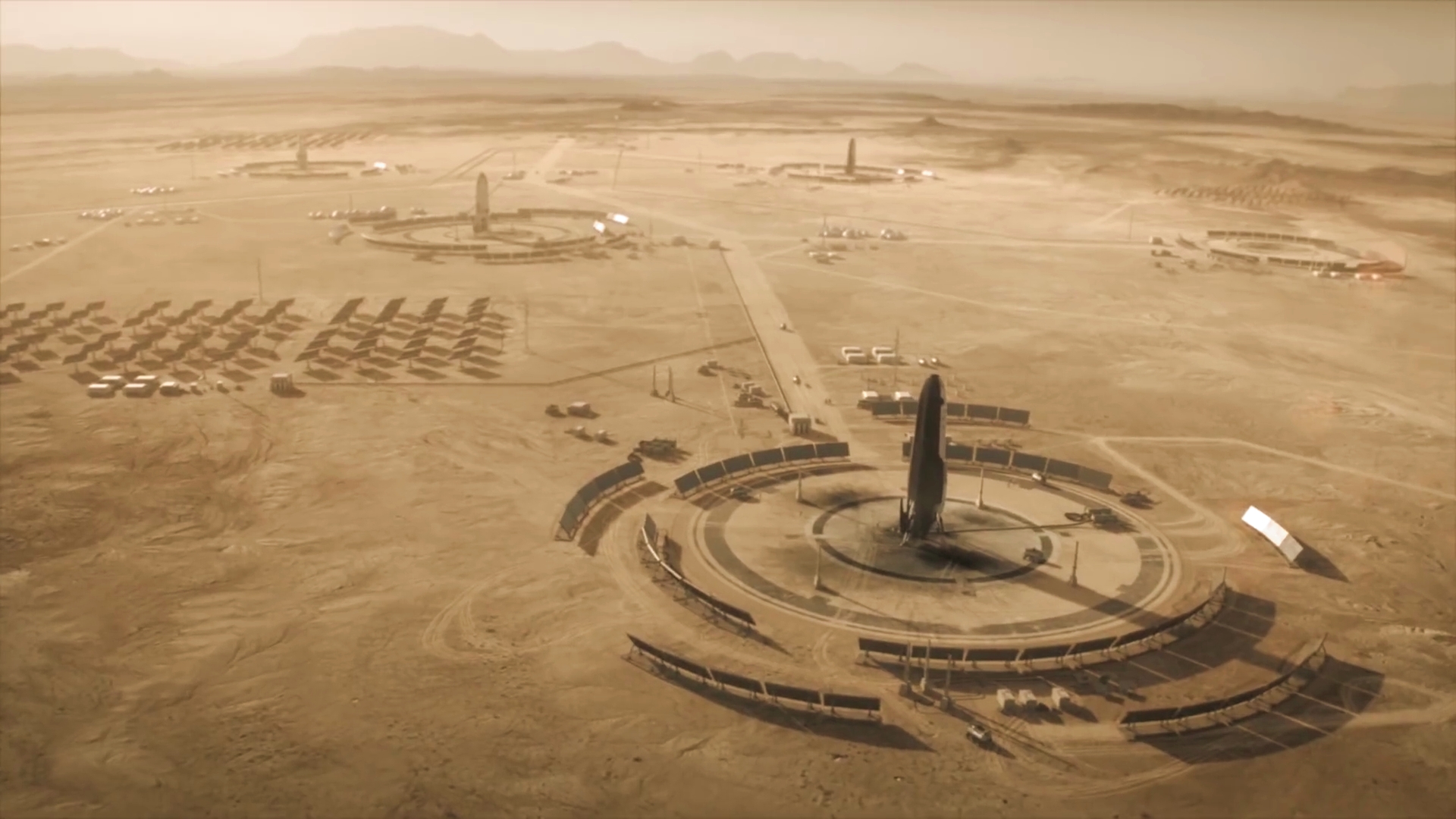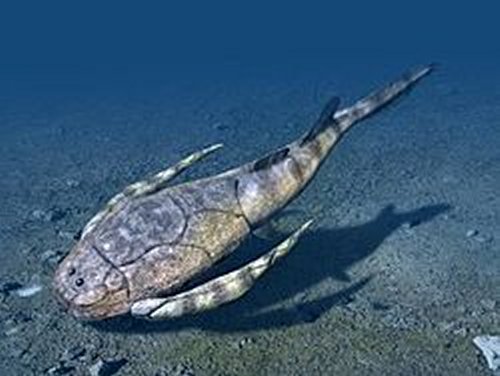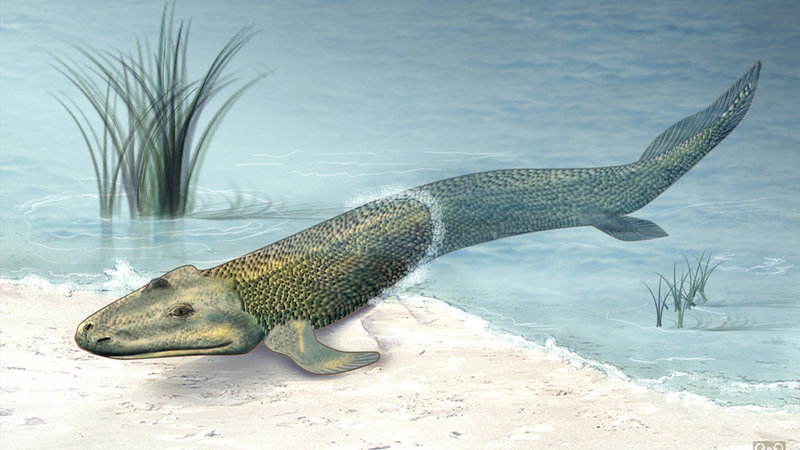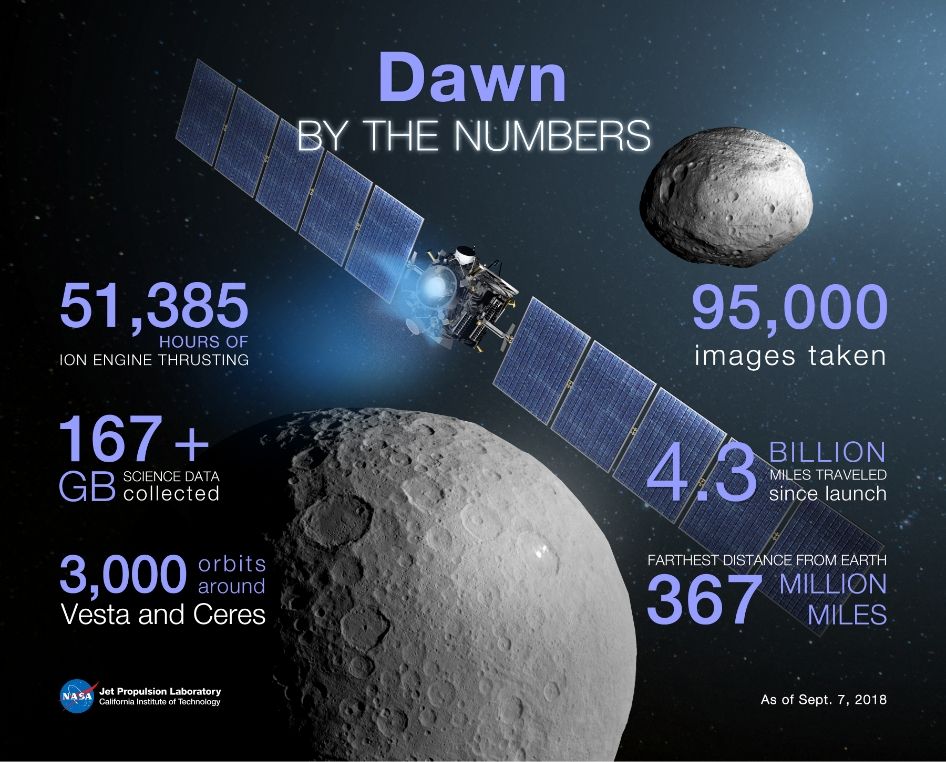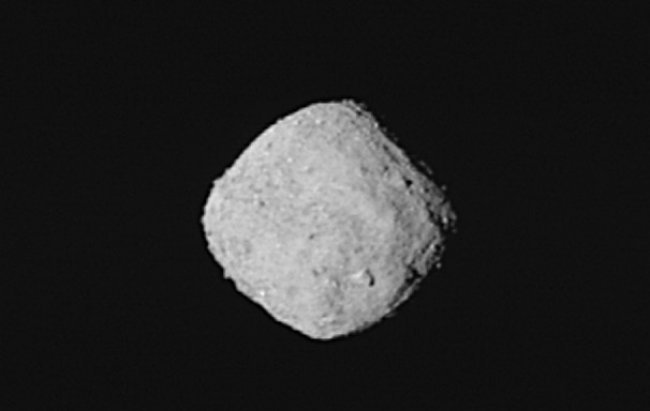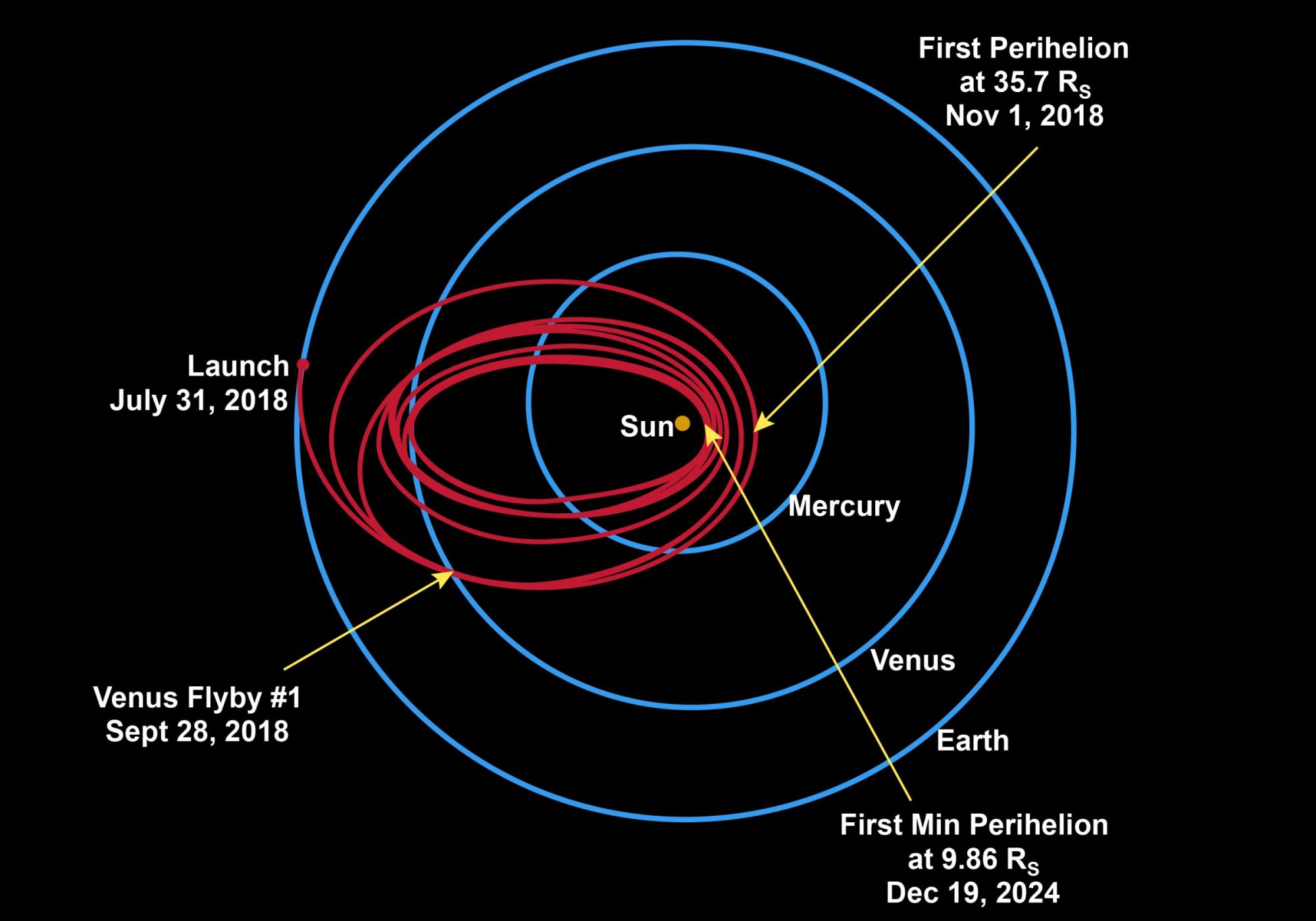A group of adventurers based in the UK has announced the ‘discovery of Atlantis’ in a national park along the Southwest coast of Spain. Hey, it’s outside of the ‘Pillars of Hercules’ (Better know today as the Straights of Gibraltar) and there are some stones there that look like they were worked by humans, so it has to be Atlantis, right? The fact that the ‘adventurers’ are already trying to sell a documentary about their discovery tells you something about their concern for rigorous science.
Now everybody knows that it was the ancient Greek Philosopher Plato who described the ‘Island of Atlas’ in his dialogues Timaeus and Critias in about the year 360 BCE. According to Plato he heard about Atlantis from a Greek Politician named Solon who heard about it himself while on a trip to Egypt almost 300 years earlier. In other words even Plato just heard about Atlantis from a friend who heard it from a friend…and so on.
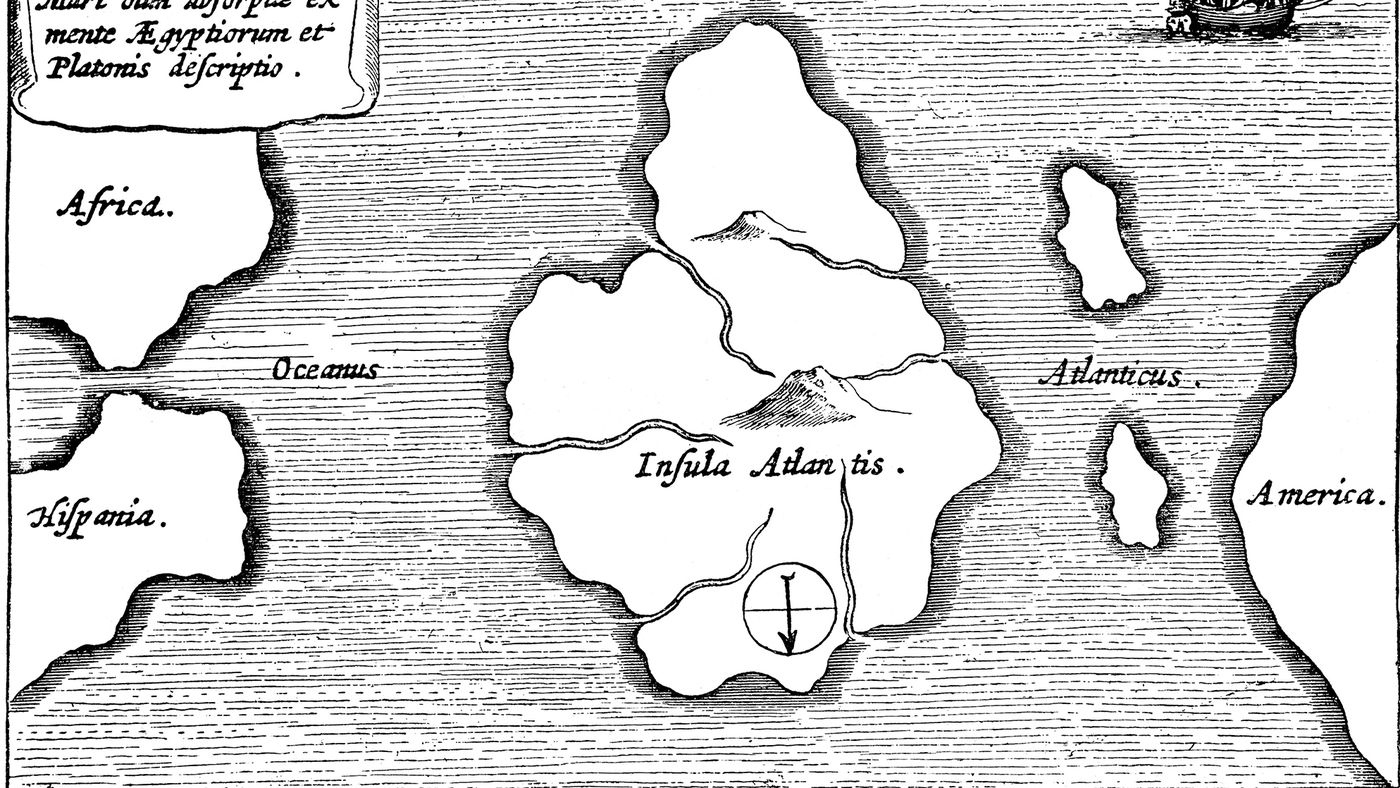
Most scholars who study Plato, his writings and his times are of the opinion that he created Atlantis as an allegory of a state that grew too rich and powerful and which was destroyed by the Gods for its sin of pride. Except for commenting on Plato’s work, no other Greek or Roman writer mentions Atlantis, Aristotle doesn’t, nor does Herodotus. And none of the ancient Egyptian writings that have ever been discovered and translated ever mention anything like the ancient civilization described by Plato. Aside from Plato no writer of the ancient world, that we know of, gives us any description of Atlantis.
Despite having only hearsay evidence however Plato does give a lot of details about Atlantis. As I said above Atlantis was an island that lay in the waters beyond the Pillars of Hercules, that’s why we call it the Atlantic Ocean after all. Also, the main city of Atlantis was built in three circular rings with canals between each ring and there was an enormous ‘Temple of Poseidon in the very center. See artist’s impression below. As I also mentioned above, the Gods destroyed Atlantis because of its pride some 9,000 years before the time of Plato. Which would put Atlantis back in the time of the Neolithic or new Stone Age.

While nearly all historians and archaeologists discount the existence of Atlantis exactly as described by Plato the possibility that another ancient civilization may have inspired the story of Atlantis has often been seriously considered. Many Bronze Age and Early Iron Age cultures have been proposed as the source of Plato’s tales.

In my opinion the ancient Minoan civilization that flourished on the Island of Crete and other islands in the Aegean Sea just about 1,000 years before Plato is the best bet. O’k Crete isn’t in the Atlantic but the Minoan’s did possess a vibrant, technologically advanced society which, according to Greek legend, did dominate mainland Greece before the Greek Heroic Age. Also, the Minoan civilization suffered a great devastation from the eruption of the volcano on the island of Thera, modern day Santorini, a destruction which resembles the fate Plato described for Atlantis.


Still there are those, the pseudo-scientists and psychics who search for an Atlantis exactly as if Plato had visited it and knew it as well as he knew his native Athens. Atlantis has been ‘found’ in the Americas, in the Arctic, the Antarctic. The Nazi’s put it in Germany of course. The search for Atlantis has become a cottage industry. Find some remains of human habitation in a place not normally thought of as an ancient civilization, like southwestern Spain, and you can claim you’ve found Atlantis. Then you can make money off of a book or documentary about your ‘discovery’.


When searching for Atlantis it’s always a good idea to employ (misinterpret?) the latest technology. The UK group making the latest claim did just that, searching for Atlantis in images taken by the Landsat 5 and Landsat 8 satellites. So the UK group will release a documentary, most of which will consist of a rehash of the ‘history’ what Plato and other people have said about Atlantis. Then a year or two from now somebody else will ‘discover Atlantis’ outside of Toledo Ohio or who knows where and the whole process will begin again.
Meanwhile, real archaeologists are making real discoveries that very few people ever get to hear about. But you will, I promise I’ll write a post about some real archaeology very soon!







